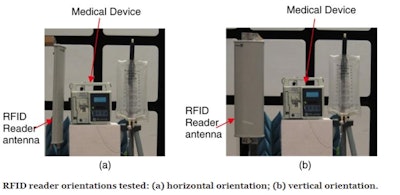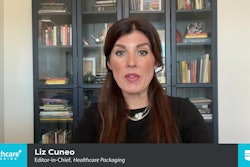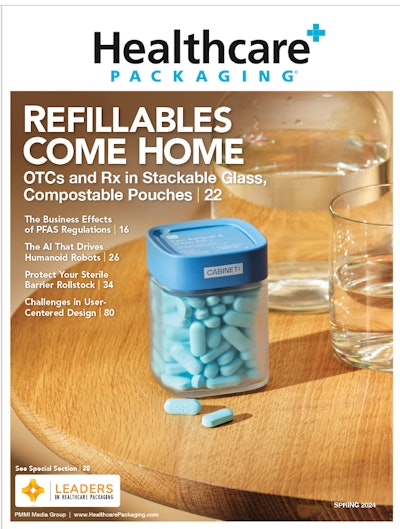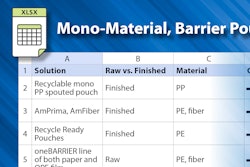
This content was written and submitted by the supplier. It has only been modified to comply with this publication’s space and style.
AIM, the global industry association for the automatic identification industry, providing unbiased information, educational resources and standards to providers and users of these technologies for nearly half a century, announced recently the release of Medical Electrical Equipment & System Electromagnetic Immunity Test for Exposure to RFID Readers Revision 3.00, a revised standard that provides specialized guidance on the testing of non-implantable medical devices to determine if they are immune to emissions from radio frequency identification (RFID) systems.
The standard provides medical device manufacturers and end-users with guidance on how to evaluate their devices for immunity to emissions from RFID systems. The test procedures in this document are based on experimental results from several AIM members. Test protocols are included for the major commercial implementations of RFID as standardized by ISO, including LF, HF, and UHF RFID. Both active and passive ISO RFID standards are covered in this document.
Members of AIM’s RFID Experts Group Healthcare Initiative Work Group (REG HCI) developed two prior editions of this standard, and this edition was developed after taking into consideration the comments received on those editions and updates to other publications.

Jukka Voutilainen, CEO and co-founder of Voyantic Ltd., helped led the effort within the REG HCI to revise the document, shared this upon the revised standard’s publication. "The AIM standard has an important role in ensuring that it is safe to deploy RFID readers near medical equipment. Several test labs have been testing against the standard for years and have provided AIM with suggestions for improvement. After careful consideration, the group has been able to finish the third standard version that aims to both reflect the latest testing needs and be more straightforward to implement.”






















